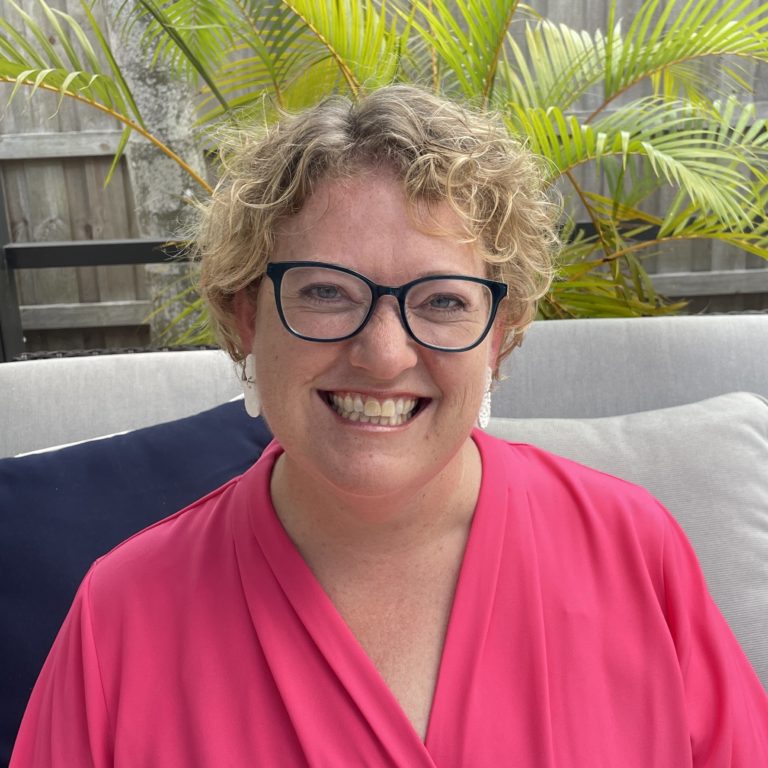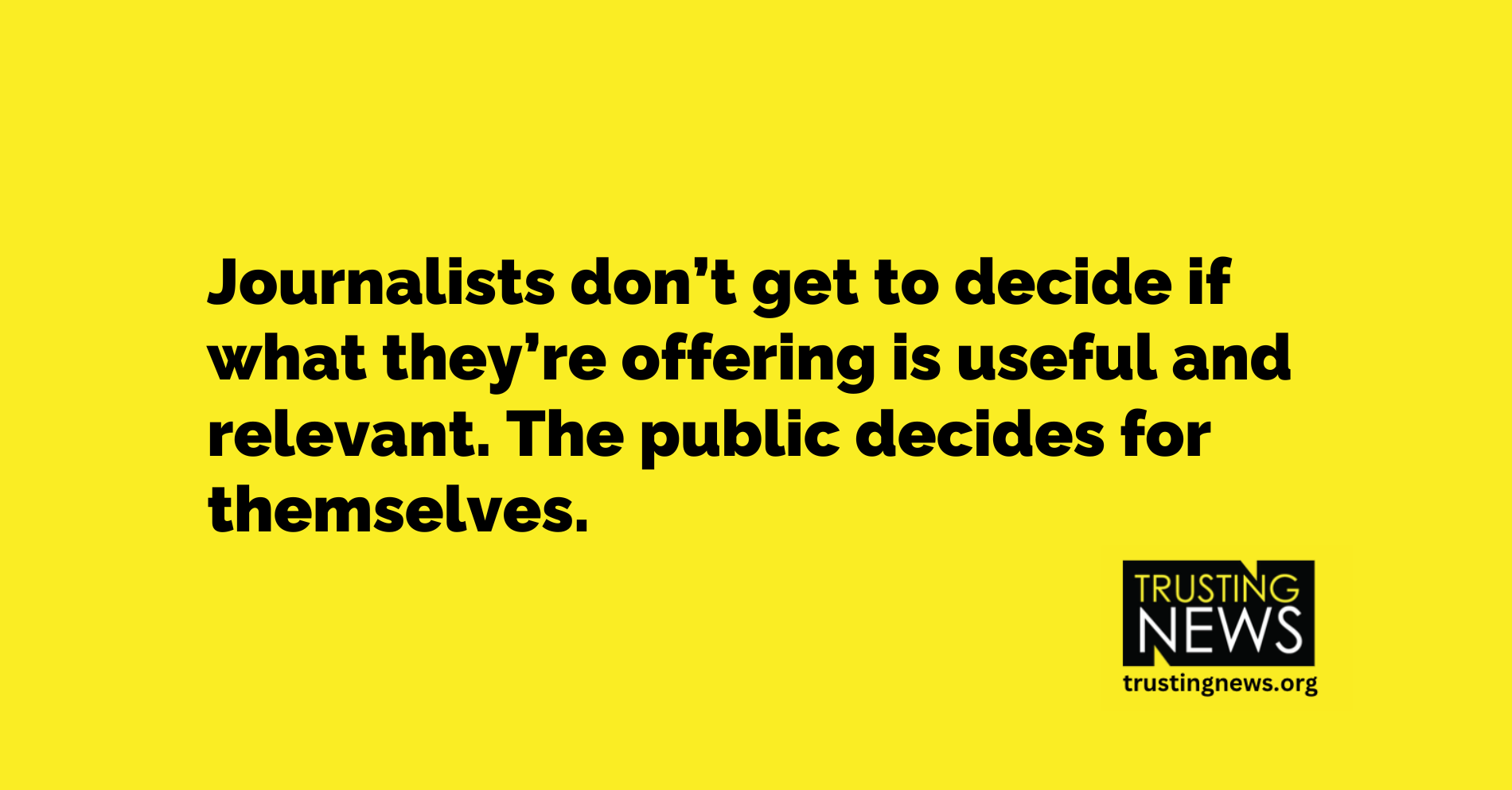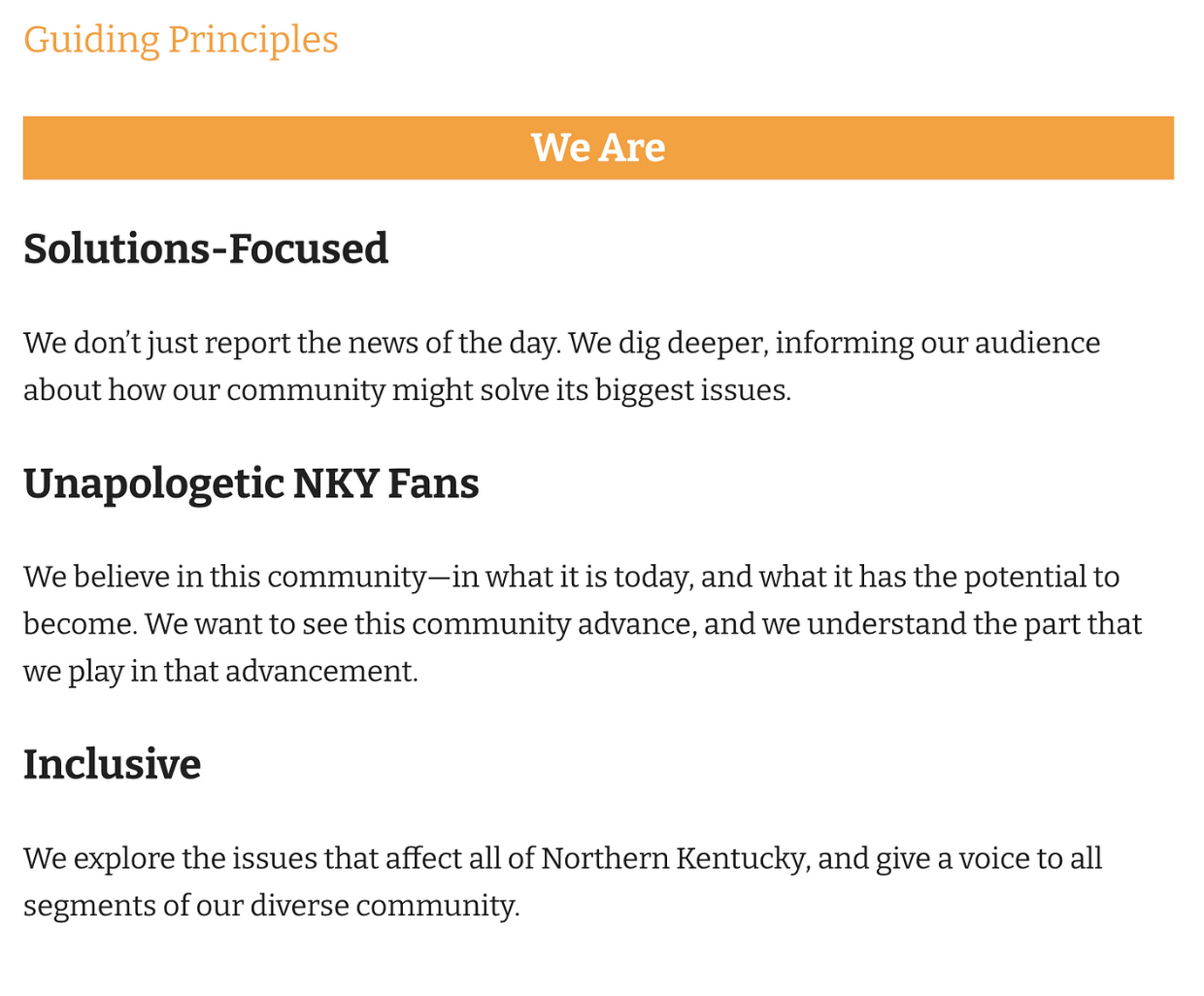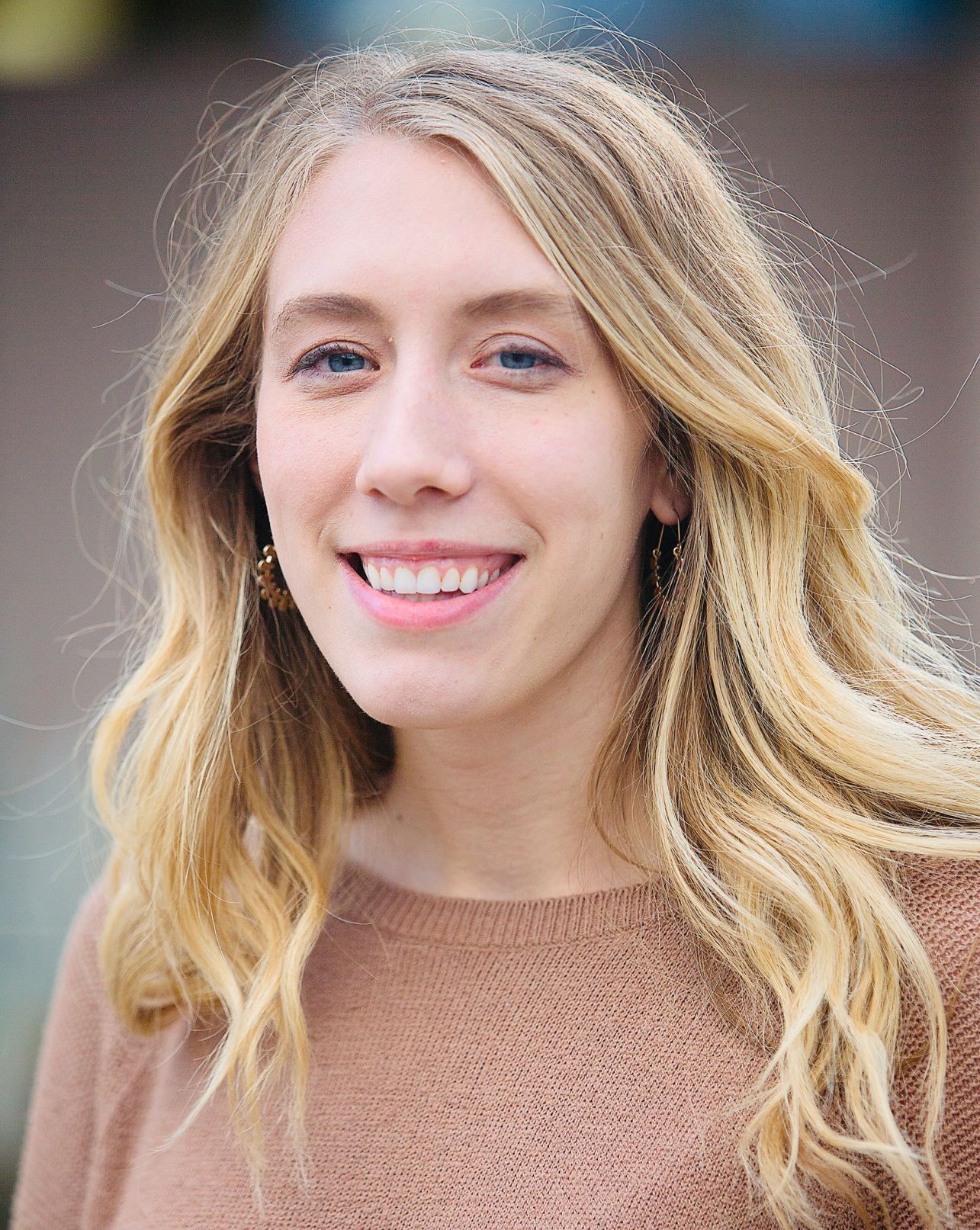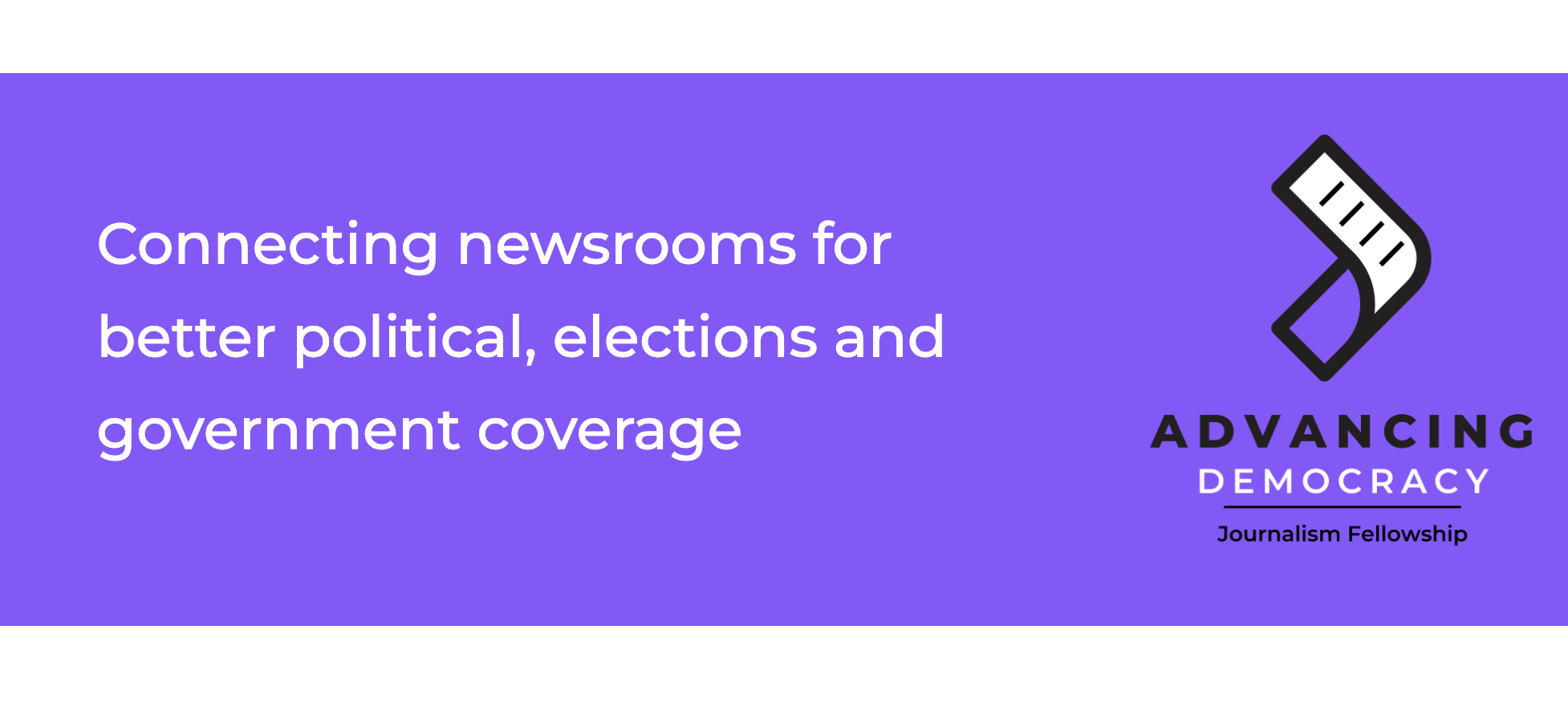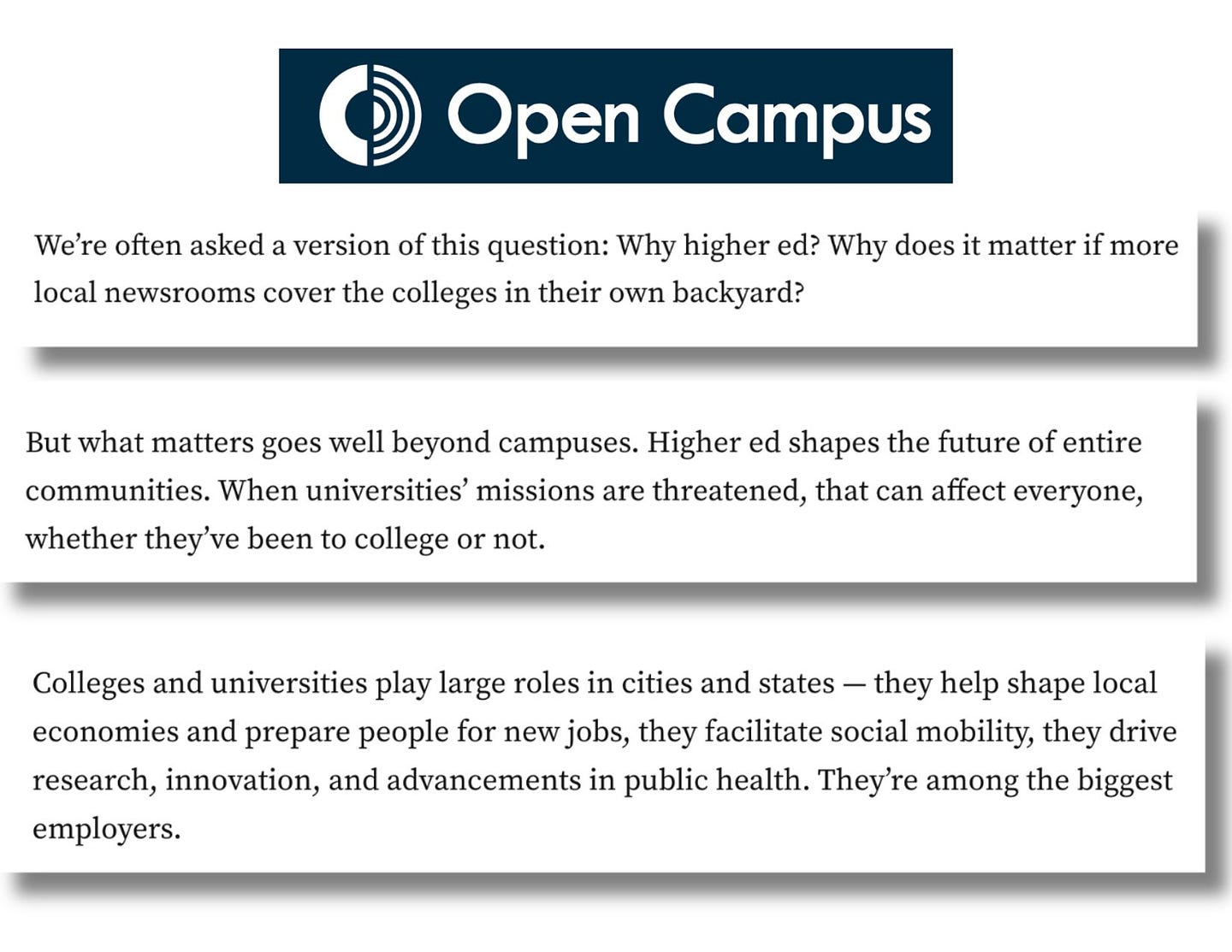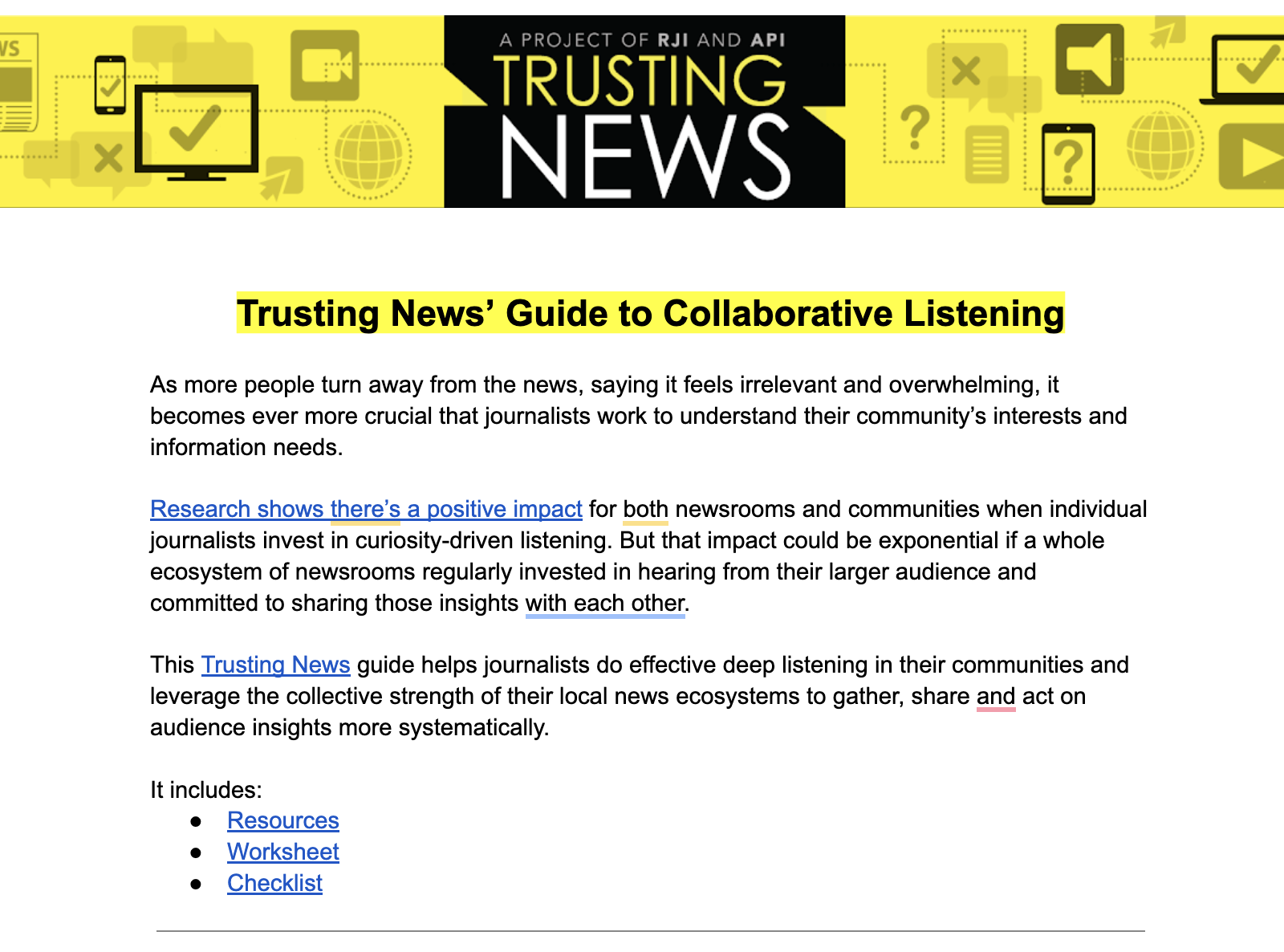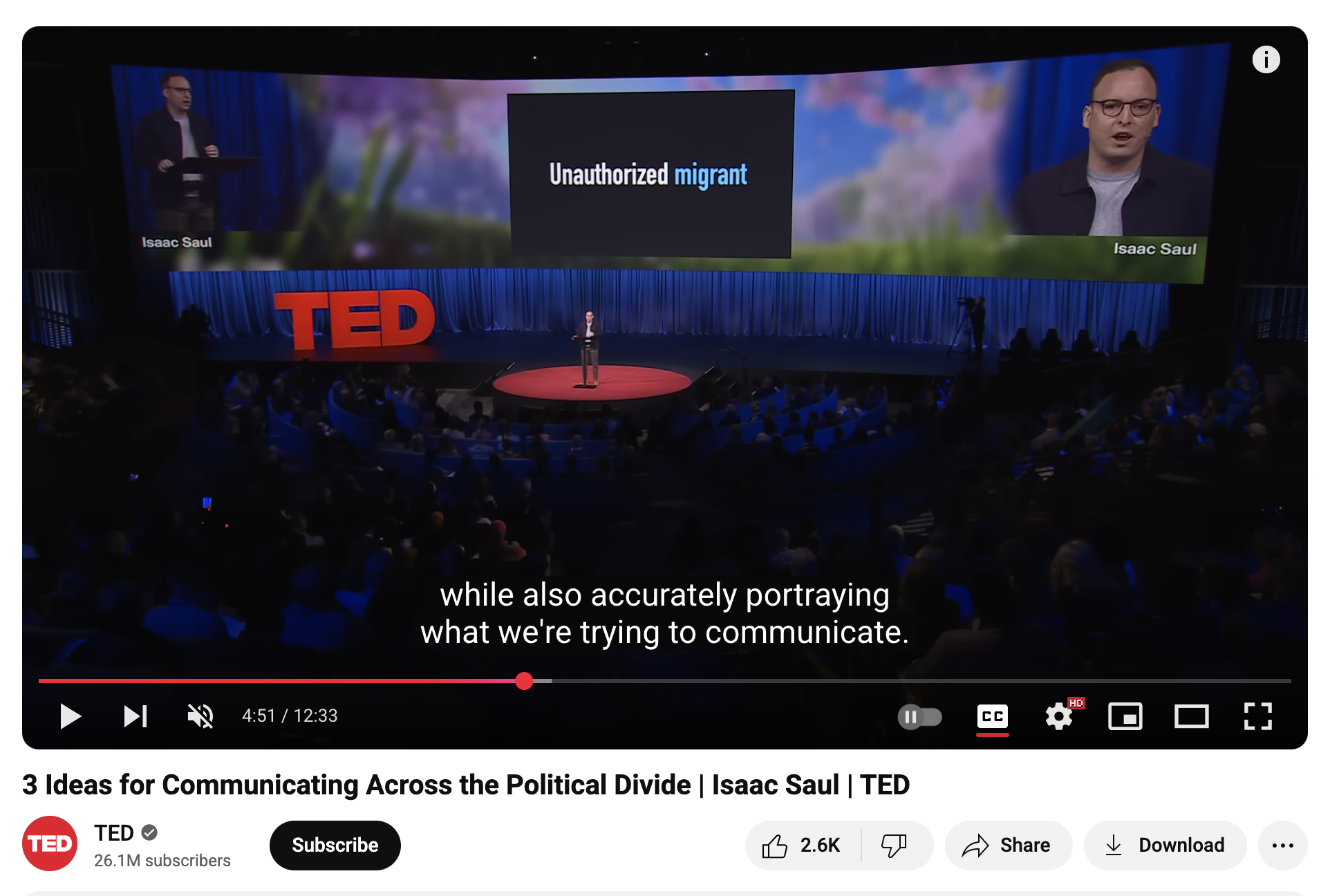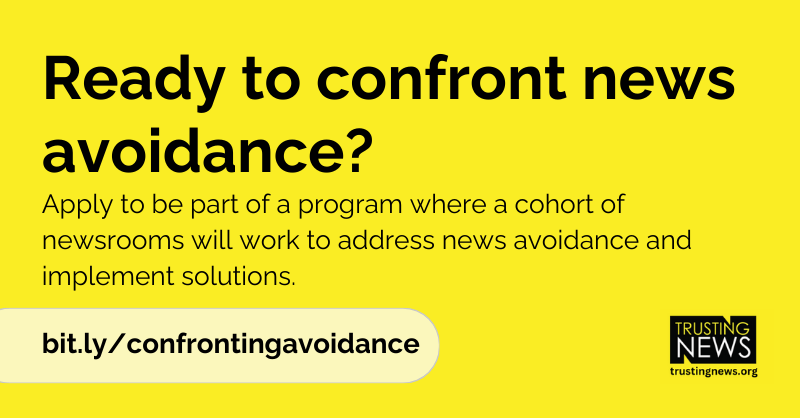
We’re announcing a new opportunity for journalists to confront news avoidance this spring working alongside a cohort of newsrooms
How journalists can better understand, confront news avoidance
As journalists, we’re providing a service we think of as a public good. We believe we’re offering something that makes people, communities and democracy stronger.
But more people say they are avoiding the news. And consistent news avoiders tend to be disproportionately from groups of people who are already socially and politically disadvantaged, so new avoidance widens existing gaps.
If we measure our success by our ability to inform and equip the public, then we should try to understand what gets in the way of our ability to do that. We should be deeply curious about the reasons people give for tuning us out.
We’ve learned a lot on this topic from Dr. Benjamin Toff, who led the Reuters Trust In News Project. In addition to being a wealth of knowledge on perceptions of the news overall, Ben and his colleagues recently released a book called “Avoiding the News: Reluctant Audiences for Journalism,” which explores how journalists have contributed to this rise of news avoidance and how they can also be part of the solution.
In case you missed it: We just hosted a Q&A with Toff, where he shared a lot of great insights into how journalists have contributed to news avoidance, and what they can do to solve it. Watch the recording below.
In the first part of this post, we lay some groundwork of important things journalists should know about how news avoiders feel about journalism.
In the second part, we get into strategies of what journalists can do.
Ready to take action? The Trusting News team invites you to apply for our inaugural Confronting News Avoidance cohort to put some of those strategies into place. The program will take place from April 8 – May 17, 2024. The application deadline has been extended to Friday, March 29. Apply here.
Listen to 3 things news avoiders say about journalism
1. News is hard to understand
Often, the news feels like an insider’s game, full of jargon and missing context. Tuning into any one political story can feel like, as the authors put it, “dipping into the middle of the sixth episode of the fourth season of Game of Thrones and expecting to be able to rely on Google to piece together what’s happening and why it matters.” If you’re not already an insider, paying close attention, daily journalism is too often just not designed for you to comprehend.
Some people attribute that to the way news is crafted. “It seems like (journalists are) explaining to an economist or a politician,” one said. Others assume they themselves just must not be clever or educated enough to understand it.
Researchers also heard that news avoiders find the news to be boring and useless, and to feel distant from their own lives. They feel ill-equipped to see how it relates to them or what they would do about it.
2. News and civic life aren’t for people like me.
The researchers found a strong connection between people’s relationship to news and to civic life more generally. News lovers believe it’s a civic duty, and even a matter of morality, to be informed. News avoiders, however, think about the news as being aimed at other people — people with different education, different economic situations and different amounts of leisure time.
News lovers are often part of social circles that offer an incentive to know what’s going on in the world. They have social pressure to keep up. Current events routinely come up with their friends and also in their workplaces.
News avoiders have no such pressure. And in fact, the concept of civic duty might be conceived of differently. They might see spending time with the news as a privilege of the leisure class. As one interviewee told the researchers, being a good citizen might be helping a neighbor pull weeds. Tangible, personal actions are more consistent with how he sees involvement in his community than knowing what the City Council, or Congress, is talking about.
News avoiders might feel that the news poorly represents people like them. They could be thinking of people of color, young people, locals, conservatives, immigrants, etc.
News avoiders also think of news as being primarily about politics. When the researchers asked them about news, the interviewees often responded by talking about politics. So distance from the news is conflated with distance from political issues and discussions.
“Simply put, consistent news avoiders often feel alienated from politics and public life, whereas news lovers often describe themselves as political junkies,” researchers wrote. Given journalists’ tendency to BE news junkies and write for other news junkies, this is worth dwelling on.
Another important element of this perspective: Some news avoiders feel that the news poorly represents people like them. They could be thinking of people of color, young people, locals, conservatives, immigrants, etc. That’s a complaint that comes up regularly from people who consume news as well.
3. News is bad for me and bad for society.
The news often makes people feel anxious and overwhelmed. It’s full of depressing information, and it leaves them feeling hopeless about the state of the world. News avoiders told researchers that they anticipate the news will drain them emotionally and that consuming it comes at too high a cost in terms of their energy and mood.
They also feel defeated by not knowing what to believe. They embraced the idea that all news blends fact and opinion. They don’t see a clear difference between cable news and other news outlets or between programs designed to be commentary and others designed to report more objectively.
Many news avoiders assume the news is skewed, with shady motives. They say everyone knows the news is slanted on purpose to increase profits or to sway the public toward a false interpretation of events for political purposes. Or both. And most said they saw news as contributing the problem of polarization rather than offering solutions to it.
So what can journalists do?
Now that you’re grounded in the overall landscape, here are some strategies to help you start combatting news avoidance.
Strategy: Investigate the disconnection
As we discussed above, part of the issue is news avoiders often don’t see their distance from the news as a problem. They don’t see that they’re missing anything vital. They don’t feel like they need us.
There’s clearly a disconnect happening between the value and service we as journalists believe we are providing and what news consumers are seeing. A crucial first step is to investigate this disconnect in your community is listening and getting curious about whether you’re providing information that would serve the people who are avoiding the news. What do they need? How do they access information? What would feel valuable to them about news coverage?
This will help us as journalists better understand the channels and mediums to reach these people. But knowing more about how our work makes people feel, and how people feel about our work, will also help build our empathy and help us consider how to continue inviting people into the news and civic life.
You could do this through having conversations with low-trust community members or news avoiders – a practice we know also increases trust, goodwill and likely financial support for news organizations. Start with asking questions about how the news makes people feel, where they get information from, and who they feel like they can trust. We have a community interview guide you can use here. (Bonus: If you’re part of the Confronting News Avoidance program, you’ll get access to an interview guide customized for news avoiders.)
Strategy: Get on the record about your value and values
If people feel like they’re not missing anything important when tuning out the news, then we need to examine if our news actually has real value for our communities. Is what you’re offering significantly better than what people can get elsewhere? Or then what is finding them in their social feeds? If you can confidently say yes, then you should be communicating that back to your communities. (If the answer is no or you’re unsure, then the above listening strategy may help you better determine what things to focus on and what things you may want to stop doing.)
If you feel like you do offer unique value to your community, get specific and explain that when you talk about your work. That could be explaining what sets your journalism apart from other media, how you’re working to combat polarization, how you’re working to help people cut through the noise – whatever feels true to your organization’s mission and work. Once you identify your value, you could share this through marketing materials, social media, in a newsletter, etc.
Strategy: Create 101-level products
On top of the news not feeling useful or valuable, the research showed it also felt inaccessible.
Far too often, news coverage is full of jargon and assumes the consumer has a certain level of knowledge or buy-in with a topic. As journalists, we need to stop assuming people have contextual knowledge. Even many non-news avoiders passively consume news and are not invested in our regular coverage.
Instead, we should be thinking about how we can create easier access points into the news. This could look like a daily top headline type of newsletter, podcast, bullet point stories or quick explainers — anything that makes it easier for people to feel in the loop and caught up without having to sacrifice a lot of time or come in with a lot of prior engagement.
This is also a time to lean on partnerships with community organizations and collaborators to share this messaging. Identify organizations that are reaching the audiences you aren’t, and work with them to distribute these 101 products. This could be as simple as co-branding a newsletter or just providing videos or graphics to share on social platforms.
A resource that may help: Our News Literacy Trust Kit is a self-guided training tool for newsrooms that looks at how journalists can help people navigate the news and better understand how you’re producing your news.
Put these strategies to action: Combating News Avoidance program
We’ll be addressing the above strategies in the upcoming newsroom program led by Trusting News, Combating News Avoidance.
In this cohort, journalists will work alongside fellow newsrooms and Trusting News staff to learn more about people’s perceptions of news and address common questions and assumptions related to news avoidance.
This will help newsrooms empathize with the public’s often overwhelming experience consuming the news, and it will also help newsrooms explain some of the basic processes behind news gathering, increasing transparency and news literacy with audiences.
This work will include conducting a curiosity-driven conversation with someone who self-describes as a news avoider, and then creating and sharing an FAQ that addresses common questions and assumptions related to news avoidance as well as transparency around the news-gathering process.
Find more details in this post, and apply by the extended deadline, Friday, March 29.
At Trusting News, we learn how people decide what news to trust and turn that knowledge into actionable strategies for journalists. We train and empower journalists to take responsibility for demonstrating credibility and actively earning trust through transparency and engagement. Subscribe to our Trust Tips newsletter. Follow us on LinkedIn and X (Twitter). Read more about our work at TrustingNews.org.
